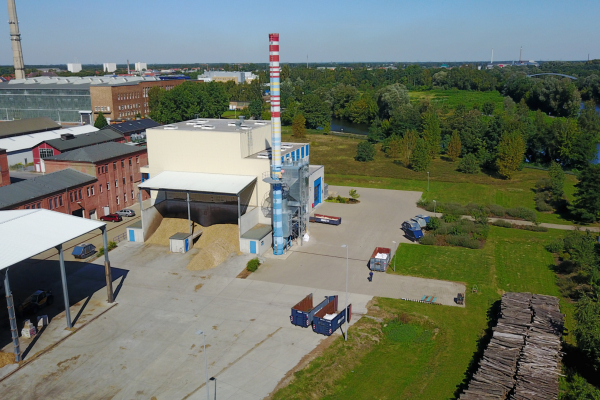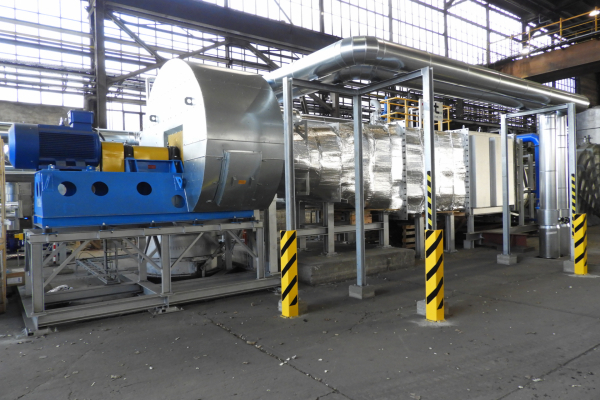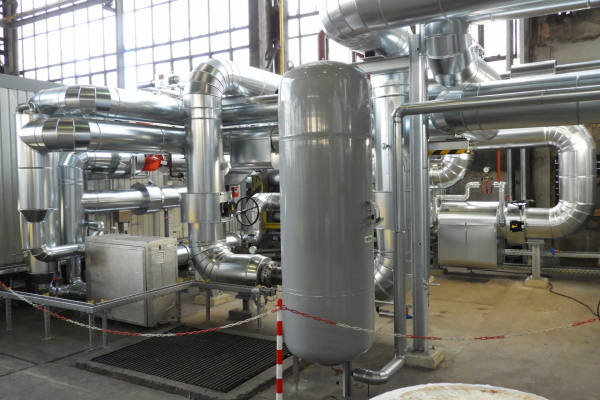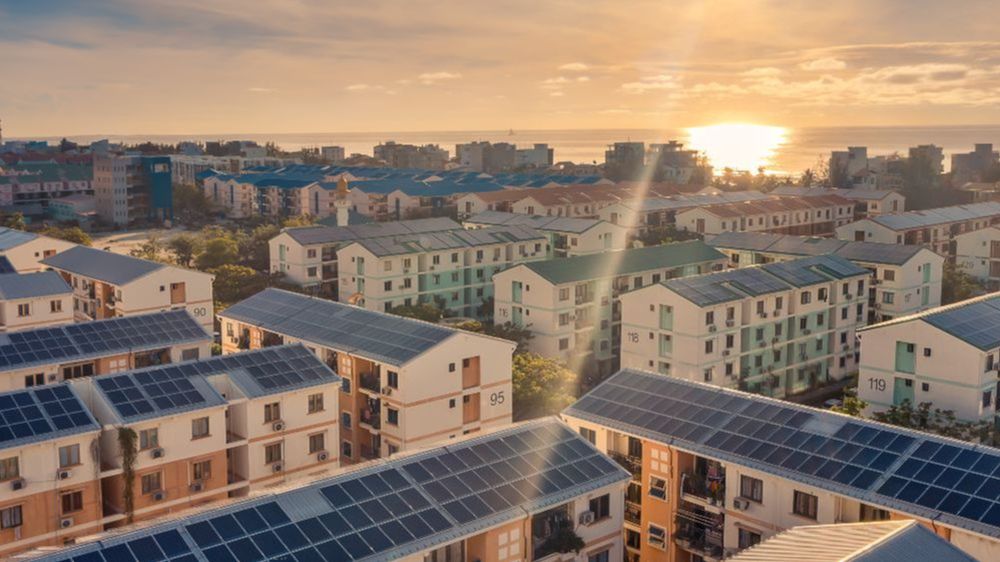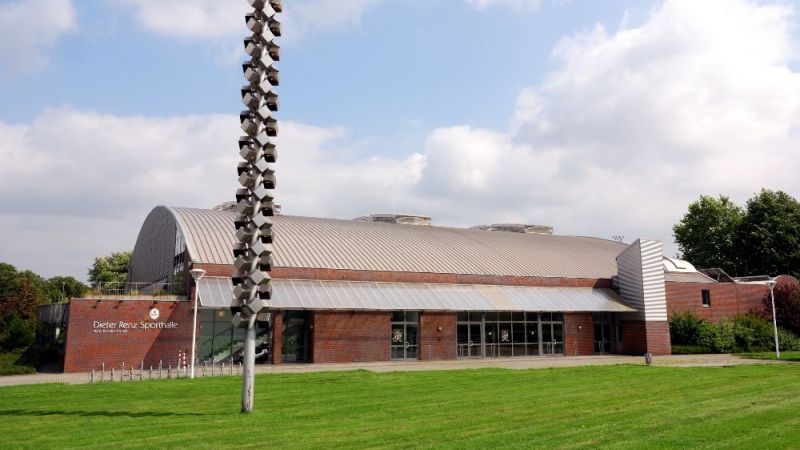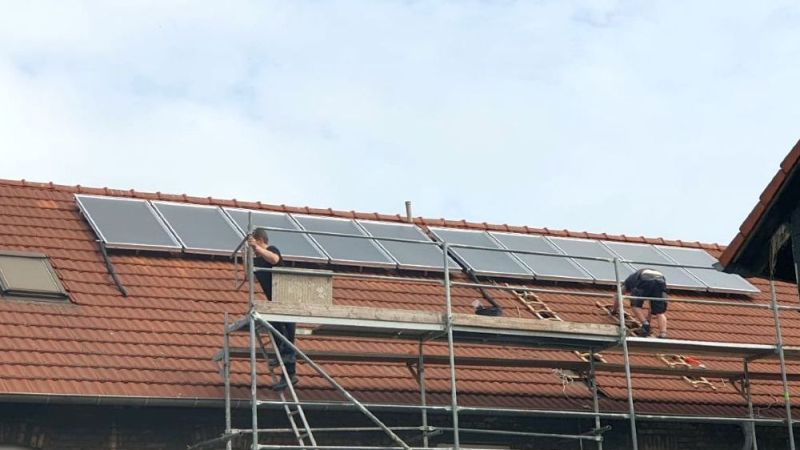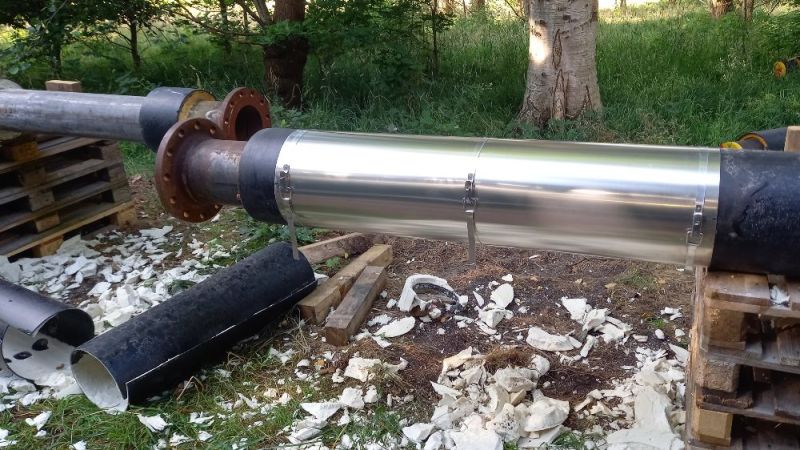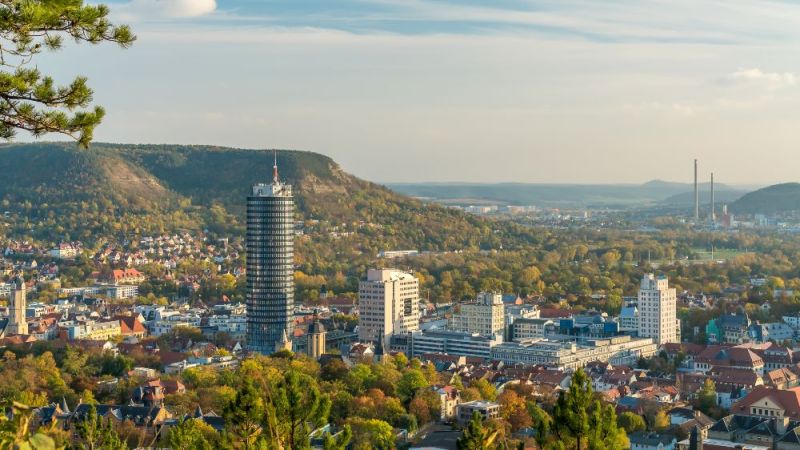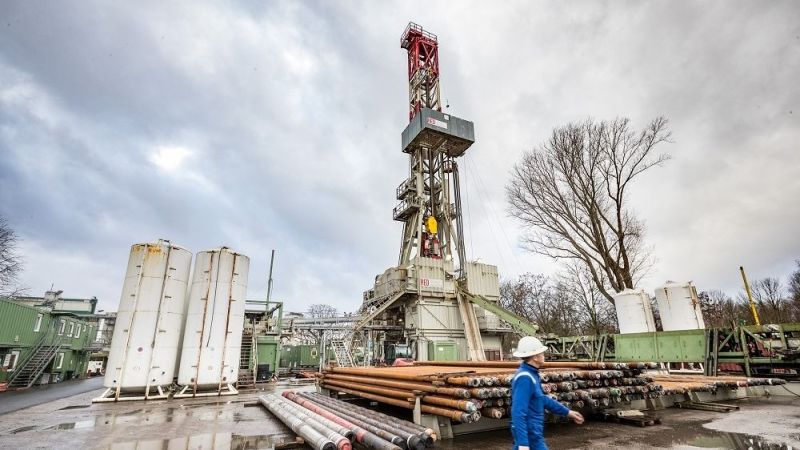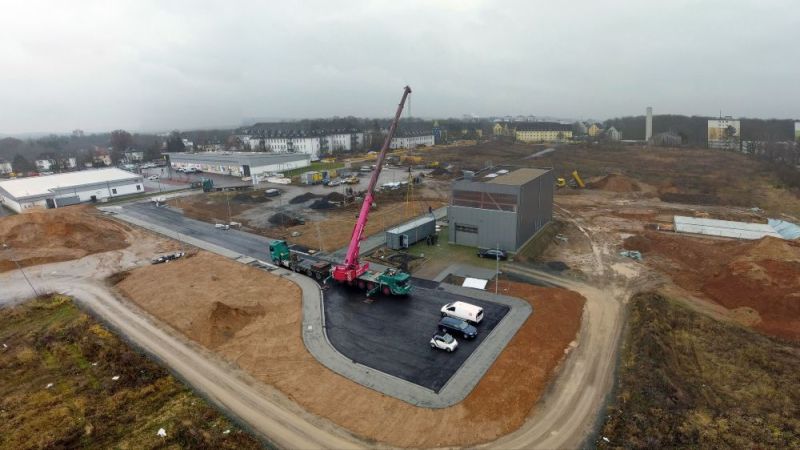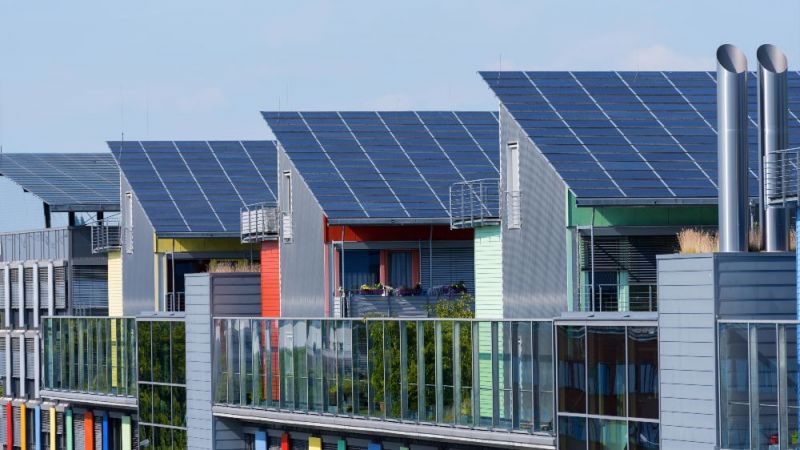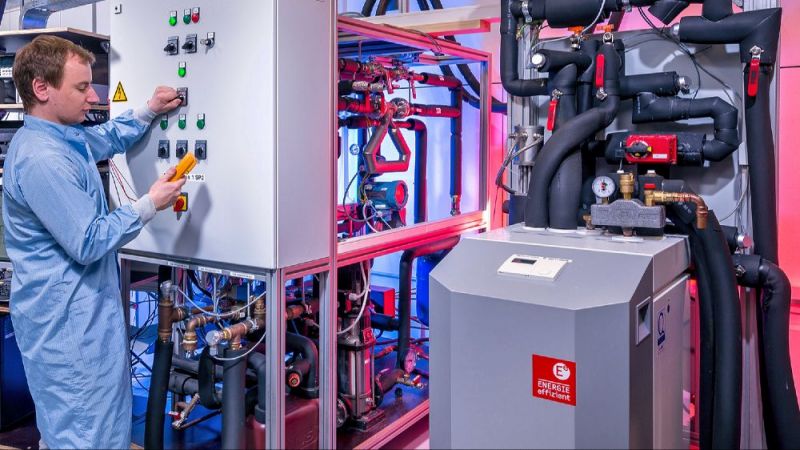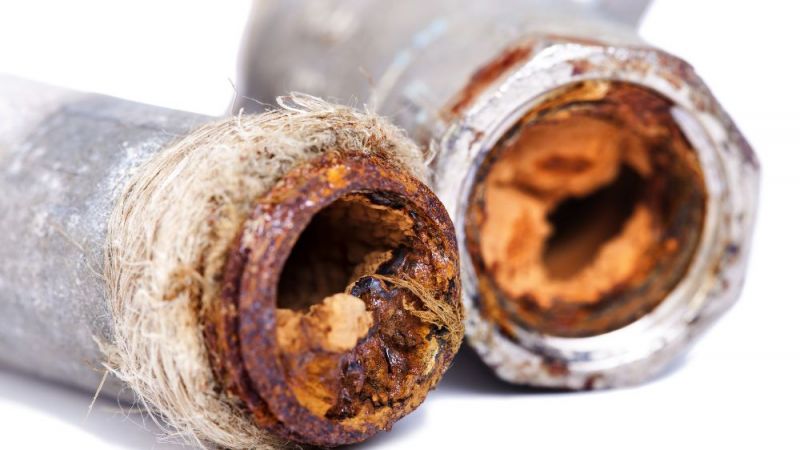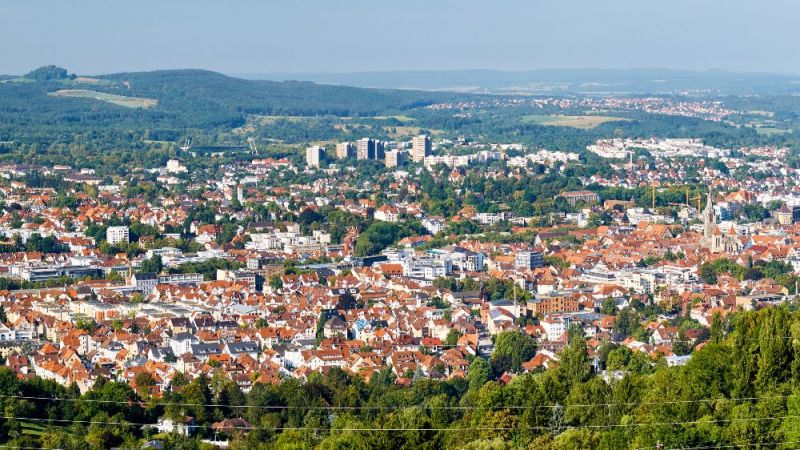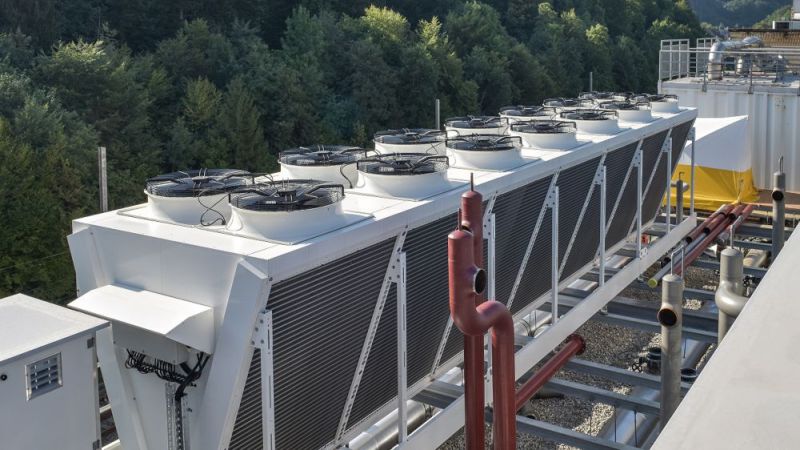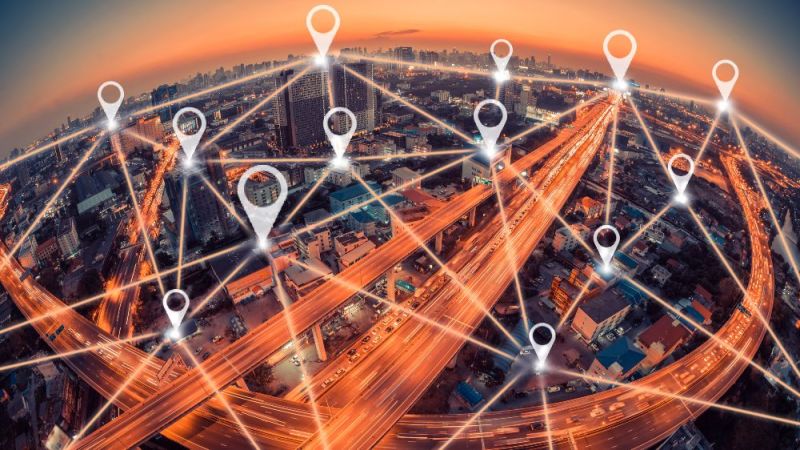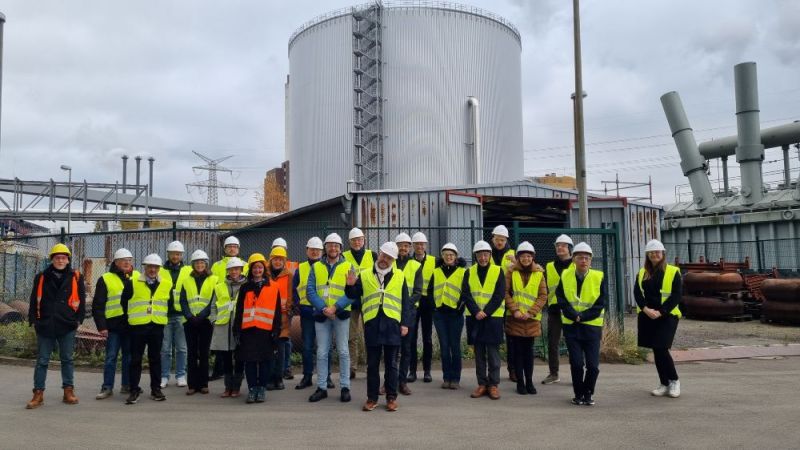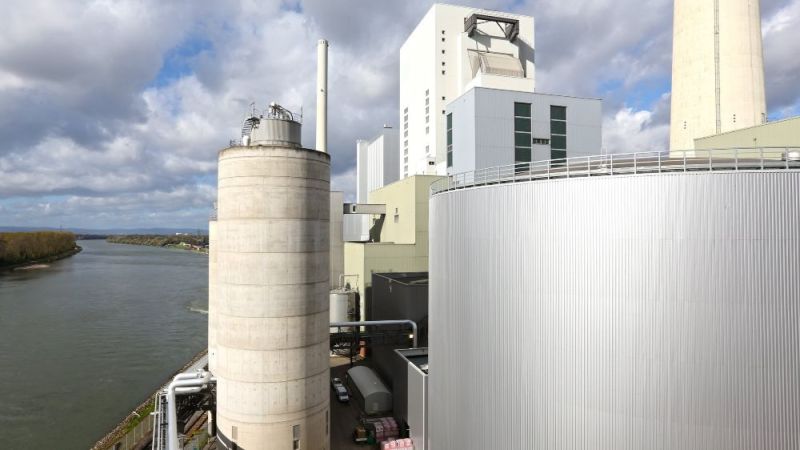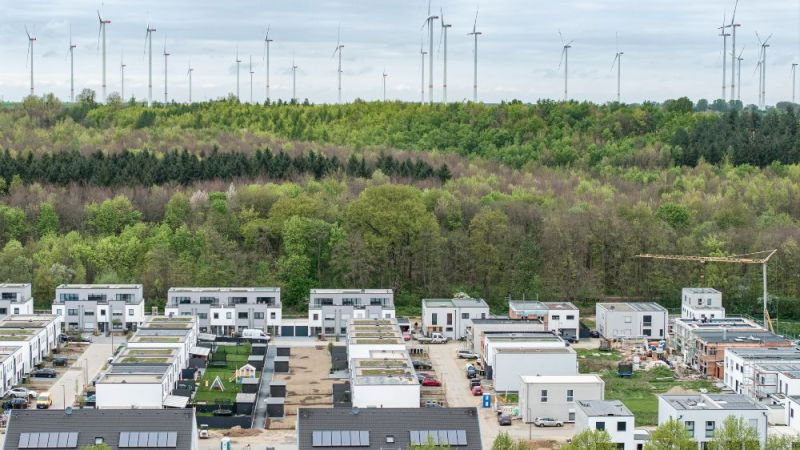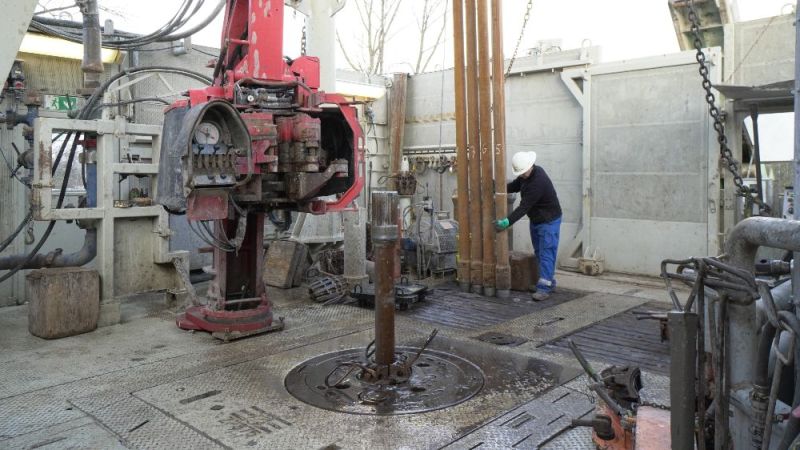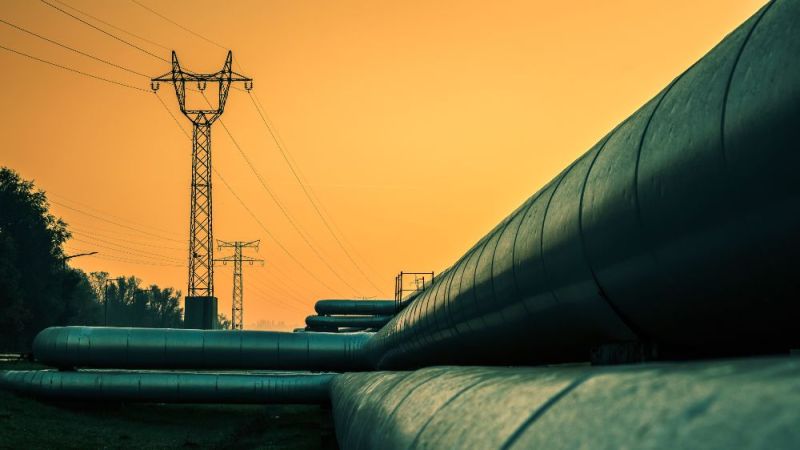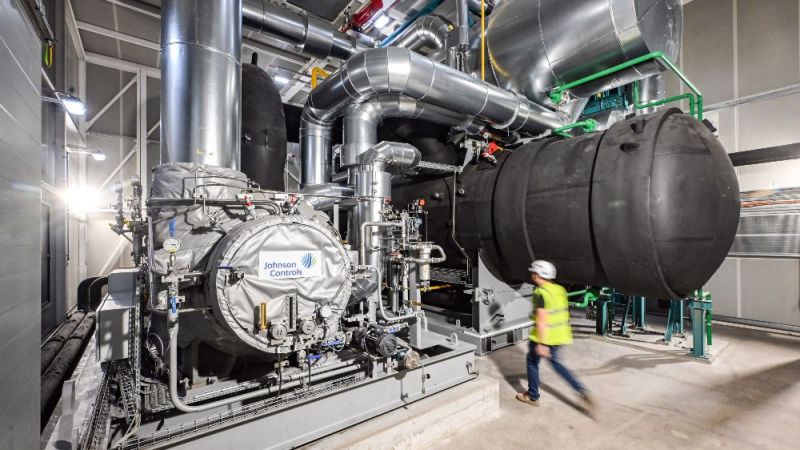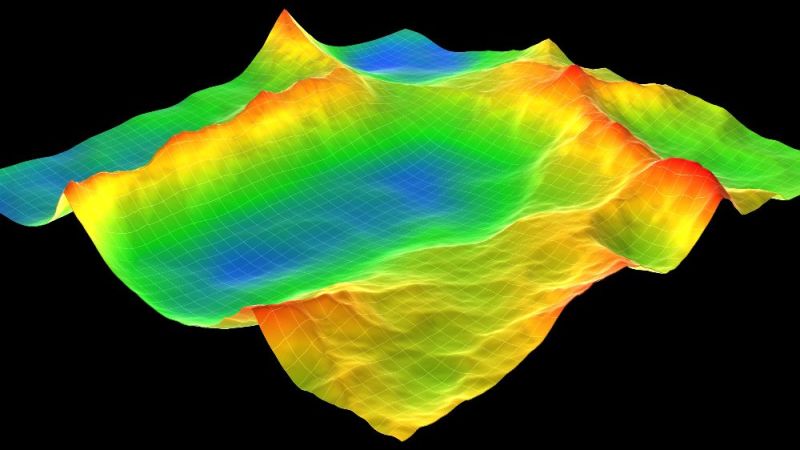
Recipient of 2021 award for municipalities engaged in tackling climate change
Award-Winning Net-Zero Heating Initiative in Hennigsdorf
The municipality of Hennigsdorf, located just north west of Berlin in the state of Brandenburg, plans to increase the share of net-zero heating in its district heating network to 80 % by 2023. To achieve this goal, the local public utilities company Stadtwerke Hennigsdorf is integrating waste heat from the local steelwork plant into the network alongside heat generated using renewable fuels and solar collectors. The energy flexibility required to do this has been provided by a multi-functional, large-scale thermal energy storage system. The municipality’s work on this concept has now been recognized by an award presented at the “Kommunalen Klimakonferenz” municipal climate conference.
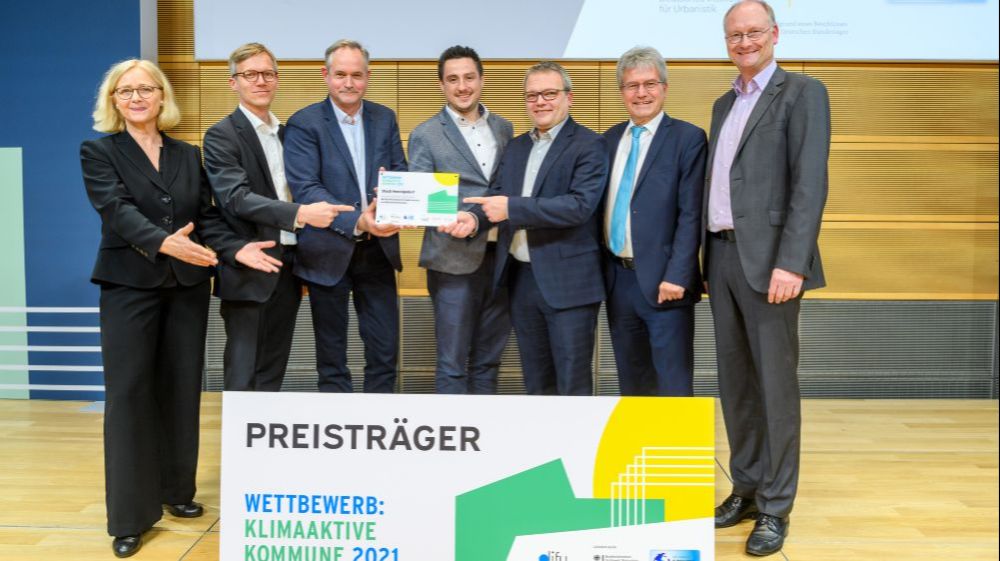
The project partners have received the “Klimaaktive Kommune 2021” award for their work in establishing the heating hub, which is operated jointly by Stadtwerke Hennigsdorf and the municipality of Hennigsdorf. The competition for municipalities engaged in initiatives to tackle climate change was held by the German Federal Ministry for the Environment, Nature Conservation and Nuclear Safety and the German Institute of Urban Affairs. The award includes € 25,000 in prize money, which the municipality will use to invest in further climate projects.
Stadtwerke Hennigsdorf supplies district heating to around 11,090 residential units, 39 municipal facilities, and 80 commercial and industrial facilities. Annual district heating sales equate to around 115 gigawatt hours, while current thermal generation capacity stands at 88 megawatts. Renewable energy carriers already supply half of the local district heating requirement. In 2009 and 2010, the four existing individual networks were combined to create a single hydraulic network tasked with operating a biomass-fuelled combined heat and power plant and a biogas-fired combined heat and power unit. This will enable the interconnected network’s basic and average loads to be met by renewable sources all year round.
Expanding net-zero heating supply at local level
Stadtwerke Hennigsdorf now plans to increase the share of generated net-zero heating to 80 %. To achieve this goal, they have taken industrial waste heat from a steelworks and rolling mill located within the supply district and successfully integrated it into the heating network. In 2020, this led to an increase in the share of net-zero heat generation to 65 %. Having established the feasibility of the concept and the potential for further process improvement, Stadtwerke Hennigsdorf have continued to restructure and further develop the existing district heating network. This also involves adapting control and operation methods for the network. This complex project is scheduled to run until 2023. Scientists are providing support for the initiative in the area of technical measurements and evaluations. The existing Hennigsdorf network has evolved over time and is typical for a mid-sized municipality in Germany. It can therefore be used as a case study for the further development of similar networks and their subsequent transformation into a net-zero district heating supply system.
Increasing flexibility through thermal energy storage systems
The district heating network is already supplied by a solar thermal system with a collector area of 854 m2. It was originally envisioned to expand this collector area by approximately 3,000 m². However, measurement results for waste heat utilization from the steelworks showed that the “80 % net-zero district heating” goal could already be achieved by constructing a second large-scale thermal energy storage system within the supply district.
Approximately 8 MW is the maximum thermal output from the steelworks that can be used for district heating. However, waste heat accrues irregularly. At the same time, it must be possible for heat produced by third party systems such as decentralized sources of heat to be fed into the network at any stage. To enable feed-in sources to be decoupled from each other and from current heating consumption, a multi-functional thermal energy storage system with a water volume of 18,600 m3 is planned. This system will accumulate and store heat that is not currently needed, while simultaneously offsetting fluctuations in heat generation and during peak demand. Apart from transporting heat, the district heating network has other tasks, too. It stores heat for short periods of peak demand during heat provision, it optimizes the use of various decentralized heat feeds, and it carries out load management for the thermal energy storage system integrated into the network. Together, these elements have combined to transform the district heating network into a heating hub for the municipality of Hennigsdorf.
Optimizing network operation
At the end of 2019, following construction of a district heating route from the steelworks, waste heat was effectively integrated into the district heating network. Experts have sized the large-scale storage system to the exact water volume required. Work on this is planned to commence in 2022. Once complete, Stadtwerke Hennigsdorf will gradually expand solar thermal energy based on demand. Work is also under way to reduce network temperature parameters and to optimize network operation in terms of control and hydraulic performance. This is necessary to allow decentralized heat to be fed into the district heating network and for reversal of the flow direction.
01.02.2022
Implementation
Kraftwerks- und Projektentwicklungsgesellschaft Hennigsdorf mbH & Co KG
http://www.kpg-hennigsdorf.de
info@kpg-hennigsdorf.de
Tel.: +49(0)3302-2078-17
Simulation
Solites - Steinbeis Forschungsinstitut für solare und zukunftsfähige thermische Energiesysteme
http://www.solites.de/
info@solites.de
Tel.: +49(0)711-673-2000-0


